How to put an ax on a hatchet?

The quality of the ax, such a useful and necessary tool in everyday life, is one of the main factors when choosing it. It should be practical, comfortable to use and well fitted on the handle. The presence of these signs significantly increases labor productivity and protects a person from possible injury. To put the ax on the ax correctly so that it does not fly off, our recommendations will help. The accessory will hold well if wedged and secured properly.
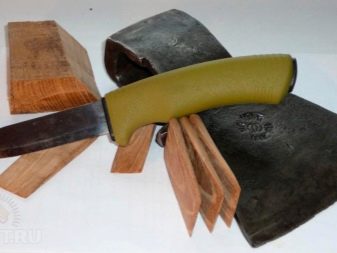
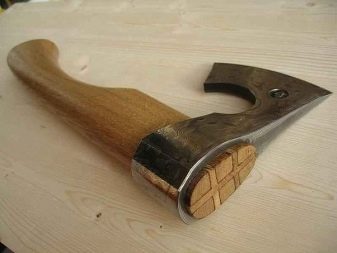
Ax varieties
Due to the fact that an ax is a rather traumatic tool of labor, and working with it involves intense dynamic physical activity, it is necessary not only to be able to handle it, but also to make sure that it is firmly planted on the ax handle. Not everyone realizes that a wedge of an ax flying off the handle can cause serious damage to health. Therefore, it is extremely important for a person who often works with this tool to master the skill of attaching an ax to a hatchet.
Today you can find about 10 different types of chopping tools. And each of them has its own specific method of insertion. Accordingly, before proceeding with the procedure itself, it is advisable to decide what type of tool you will have to deal with. At first glance, it may seem that there are no characteristic differences between the varieties. However, despite the fact that the design of the ax is unchanged (it consists of a handle and a metal wedge), each type of tool has its own distinctive features and purpose. For example, an ax can be: carpentry, combat, tourist, or specially designed for the lumberjack.
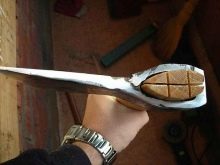
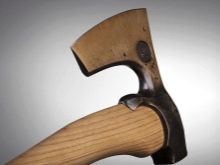
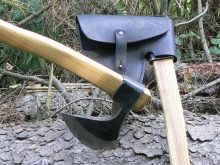
Attachment of the ax
Attaching the ax to the metal wedge can be done in several ways.
- Welding. Thanks to this method of fastening, it is possible to achieve high strength and reliability of the tool during operation.
- Manufacturing of ax elements as a single structure. Characterized by rigidity and strong recoil when working with such a tool.
- Bonding of structural elements of the ax in specially designated areas. Epoxy is used for bonding. And the handle is made of polymers. It is quite difficult to carry out such a procedure on your own, since during the manufacturing process a room with recirculation ventilation will be required.
- Putting a metal wedge on the tool handle with subsequent wedging. This method is considered optimal for the independent implementation of this procedure. With strict adherence to the recommendations, the tool is characterized by the strength of the attachment.


It is worth noting that the successful implementation of putting an ax on a hatchet depends on the availability of existing skills, knowledge and the required tools.
It is possible to carry out such a procedure on your own, but you need to objectively assess your abilities. Since in the case of an unreliable attachment of the metal wedge to the handle, the tool will loosen after what period of time of intensive work. Thus, the insertion will have to be done again.
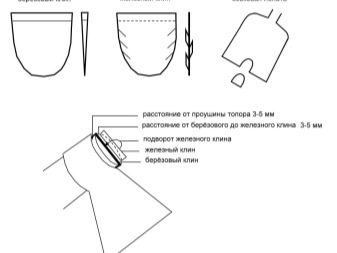
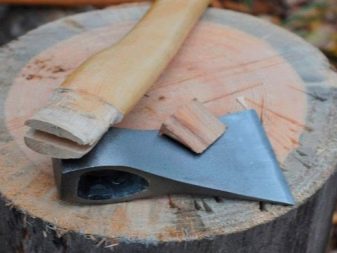
Planting an ax on a hatchet
At first, this procedure seems straightforward. Such a false impression is due to the simple connection of elements - pushing and wedging.However, the procedure is quite laborious and has a number of subtleties that are by no means recommended to be ignored. In order to facilitate this work, a professional and experienced carpenter always follows strict step-by-step instructions.

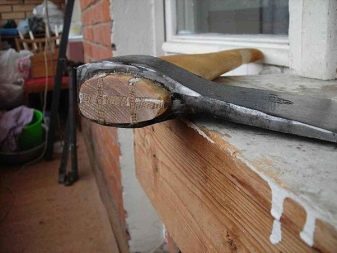
Preparatory work with the tool
First of all, you need to acquire a hatchet. You can buy it at any specialty store, or you can make it yourself. Pre-dried birch is an ideal material. Experienced carpenters prefer this type of wood. It has the necessary set of properties and therefore is so popular. When choosing a handle, it is recommended to pay attention to its density and shape. Grip comfort is an important criterion. If you do not take this moment into account at the initial stage, while working with an ax, your hands will experience discomfort, which will quickly lead to severe fatigue.
Next, you need to purchase a handle of a suitable size, which will fit tightly into the metal hole. By means of a woodworking device or a sharp knife, it is necessary to cut the handle so that it acquires the required shape (straight or ellipsoidal). An ellipsoidal hole at the ax is considered more reliable due to its attachment. Then small cuts are made on the upper surface of the handle. Visually, they resemble longitudinal grooves.
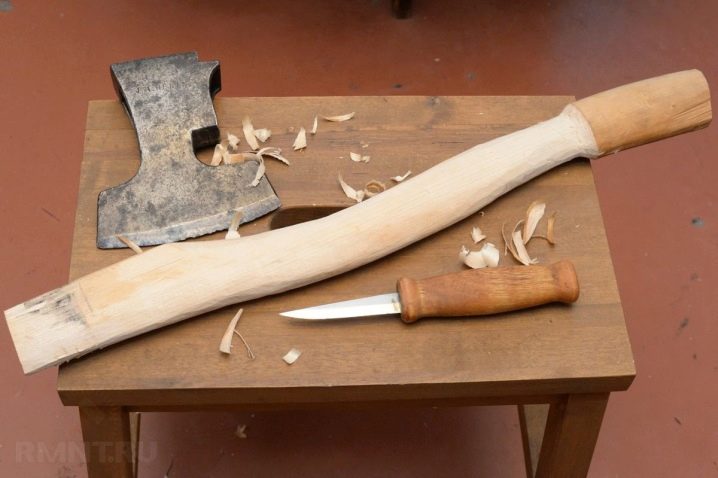
The most important nuance at this stage is the depth of the grooves. The cut grooves should be hidden in the hole of the ax. Otherwise, during the wedging process or during use, the handle may simply crack. It is necessary to strive to ensure that the width and thickness of the wedges are the same.
Creating wedges
The reliability of the fasteners is largely due to high-quality wedging. This will help the use of wedges made of metal and wood. As with the hatchet, wedges can be purchased from a specialized department store or made at home. An important condition is compliance with the shape and size between the wedges and the material used in the manufacture of the hatchet. The best wooden wedge, according to professional carpenters, is made from dried birch, metal - from hard tin, the so-called shovel.

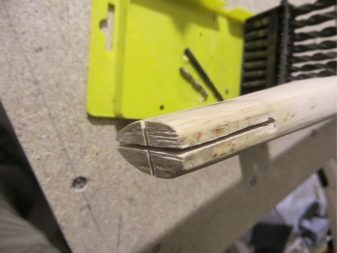
Hammering
Perhaps the main difficulty faced by everyone who decides to independently plant an ax on the handle is hammering in steel or wooden wedges. In fact, this process is not as complicated as it might seem at first glance. This stage can only be started after the handle and wedges are fully prepared. To begin with, the longitudinal wedges are hammered with light hammer blows. It is not worth carrying out strong blows due to the fact that the wood can deform. And this can subsequently lead to instability of the fasteners carried out further.
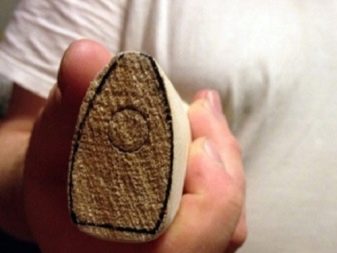
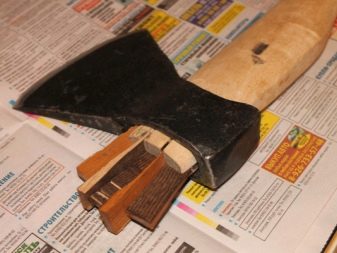
As soon as the wedges fit tightly into the grooves, using a hacksaw blade, you will need to delicately cut off the remains. You can verify the successful completion of the work by the strength of the coupling of the ax and the handle.
Wedging
There is an opinion that a wooden wedge must necessarily be made from the same type of wood as the handle. However, this is a delusion. The main condition for choosing a material is its strength. In turn, the direction of the wood fiber should also be taken into account, since it is recommended to keep the tapering of the wedges parallel. This will protect the tool from possible damage.
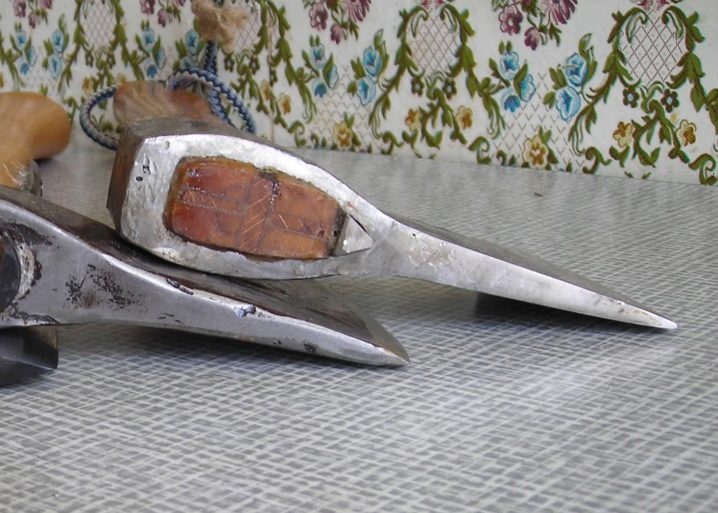
Successful wedging can be considered the complete filling of the space of the grooves with wedges, and it is considered impossible to remove the ax from the hatchet.
Sometimes it is still not possible to avoid gaps in the hole of the ax. Then an ordinary piece of gauze will come to the rescue, which was previously treated with epoxy resin.This composition allows the wood to be protected from moisture and impart a reinforcing property. In order to remove the gaps that have arisen before the procedure of inserting the ax, its upper part is wrapped several times with treated gauze. Thanks to epoxy resin, any gap, crack or gap is filled, forming a reliable and strong attachment of the ax to the handle.
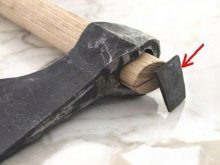
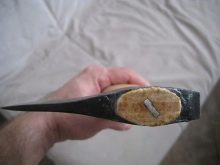
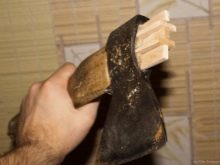
Ax thrust side
According to the instructions, it is recommended to position the ax so that the wedges and the cross section of the ax handle stick out slightly. Half a centimeter will be enough. Thus, this can be done only under the condition that the ax is pushed towards the wedges with its narrow part. Accordingly, the wider part will be directed towards the handle.
It is quite common for experienced carpenters to resort to backfitting. Its use is only necessary if the implement is used as an auxiliary tool. For example, for shaving or planing. Often this method is also used for a sledgehammer or a cleaver. However, these tools do not have wedges. The main part of the load falls on the extreme parts of the handle, which are necessary to hold the metal part of the implement.

How to attach an ax to an ax, see the video below.

































































The comment was sent successfully.